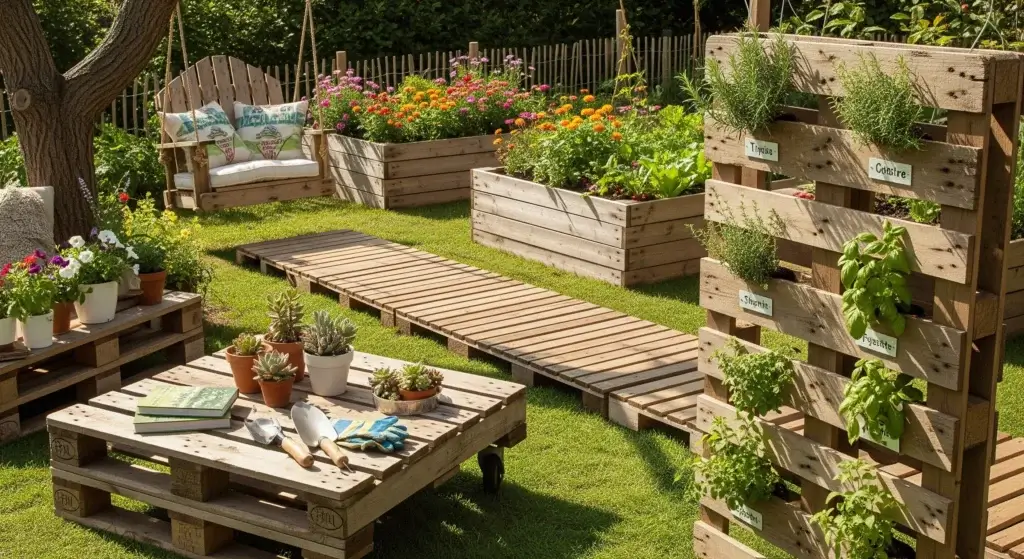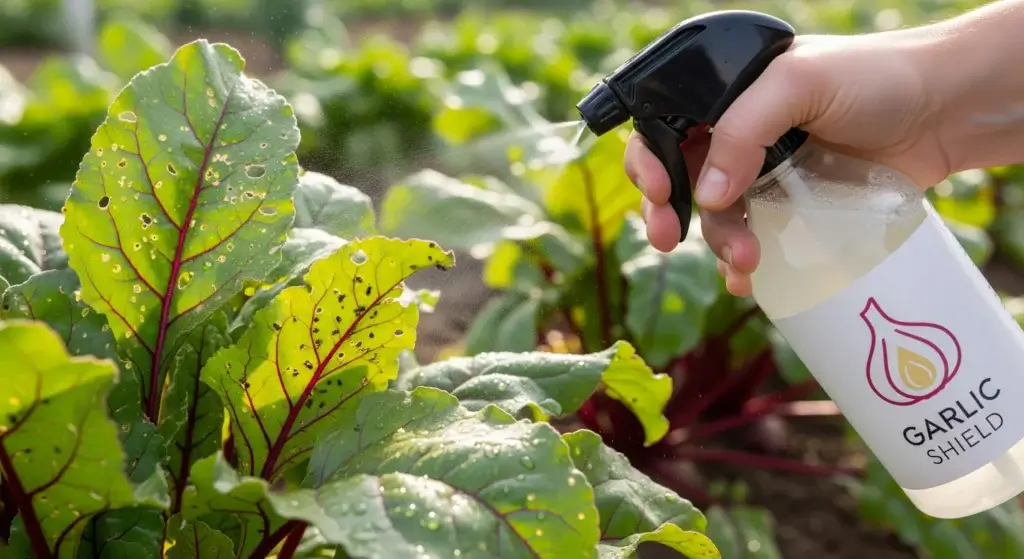
For every gardener, trellises are a valuable asset, particularly in the realm of cultivating beans.
Offering support, fostering vertical growth, and substantially boosting your yield, trellises play a crucial role.
In this guide, we delve into the advantages of utilizing a trellis for beans, outline the necessary materials, and present a step-by-step DIY guide for constructing your bean trellis.
This comprehensive resource aims to simplify the process, making it accessible and rewarding for gardeners looking to enhance their bean cultivation efforts.
Benefits of Trellis Use for Beans
The benefits of using a bean trellis are numerous and impactful.
Here are some of the key advantages:
- Read also: Crafting Your Own DIY Plant Terrarium
- Read also: DIY Garden Decor Ideas
Space optimization
A bean trellis allows you to grow beans vertically, making it an ideal solution for small gardens or urban settings.
By utilizing vertical space, you can maximize your garden’s productivity and make the most of limited space.
Improved air circulation
Plants grown on a trellis benefit from increased air circulation, which can help reduce the incidence of diseases.
Better air circulation also means that the foliage dries faster, reducing the risk of disease spread during harvesting.
Easier harvesting
Beans grown on a trellis are much easier to harvest.
The fruits are often cleaner and more consistent, making them ideal for commercial farmers.
The harvesting process requires almost no stooping, and the beans are much easier to find on a trellis than they would be in a dense tangle of plants.
Resource conservation
Trellised vegetation uses less water.
To keep a widespread plant hydrated, you need just water its roots at the base.
This can help save water and reduce overall resource consumption.
Pest management
Providing perches and other landing areas for songbirds can benefit your landscape by reducing the number of pests.
Additionally, trellised plants are less accessible to pests and can be easier to monitor and manage for pest issues.
Aesthetic appeal
A bean trellis not only supports the growth of beans but also adds visual interest and vertical appeal to your garden.
It can be a beautiful and functional addition to your outdoor space, adding a touch of charm and elegance to your garden.
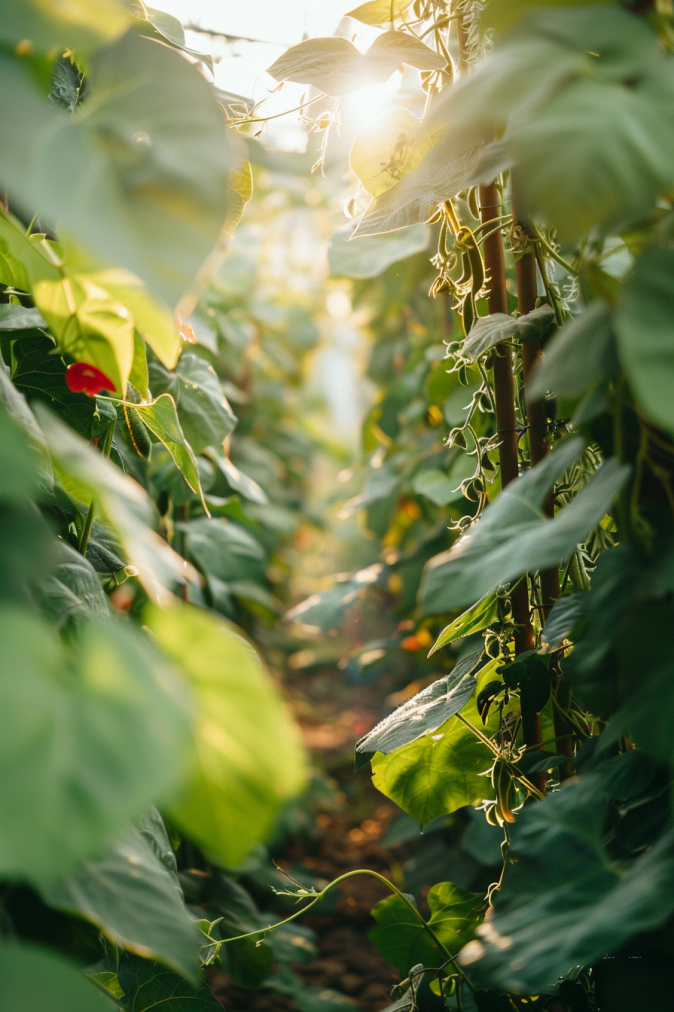
Materials Needed
While specific materials will differ based on your chosen design, here’s a breakdown of commonly used options:
General supplies
- Measuring tape: Essential for accurate cuts and ensuring the right size for your beans.
- Saw: To cut wood or bamboo poles to desired lengths. A handsaw or power saw will do.
- Drill: Useful for creating holes for attaching twine or string, especially in sturdier materials.
- Hammer: Needed for hammering nails or stakes into the ground.
- Gloves: Protect your hands while working with tools and materials.
For a-frame trellis
- 2 sturdy sticks or poles: Length depends on your desired trellis height. Consider wood, bamboo, or even sturdy branches.
- Twine or strong string: Create the crossbar connecting the two poles and support for climbing beans.
- Zip ties or nails: Optional for securing the twine connection point at the top.
For climbing teepee trellis
- 3-4 sturdy poles: Length depends on desired height and spread. Similar options as above apply.
- Twine or strong string: Connect the poles at the top to create a teepee structure and provide climbing lines.
- Additional twine or rope: Secure the poles to the ground for stability, especially in windy areas.
For upcycled ladder trellis
- A sturdy wooden ladder: Choose a size suitable for your bean variety and garden space.
- Twine or rope: Attach horizontally across the ladder rungs to create climbing supports.
- Hooks or screws (optional): Secure the ladder upright against a fence or wall if needed.
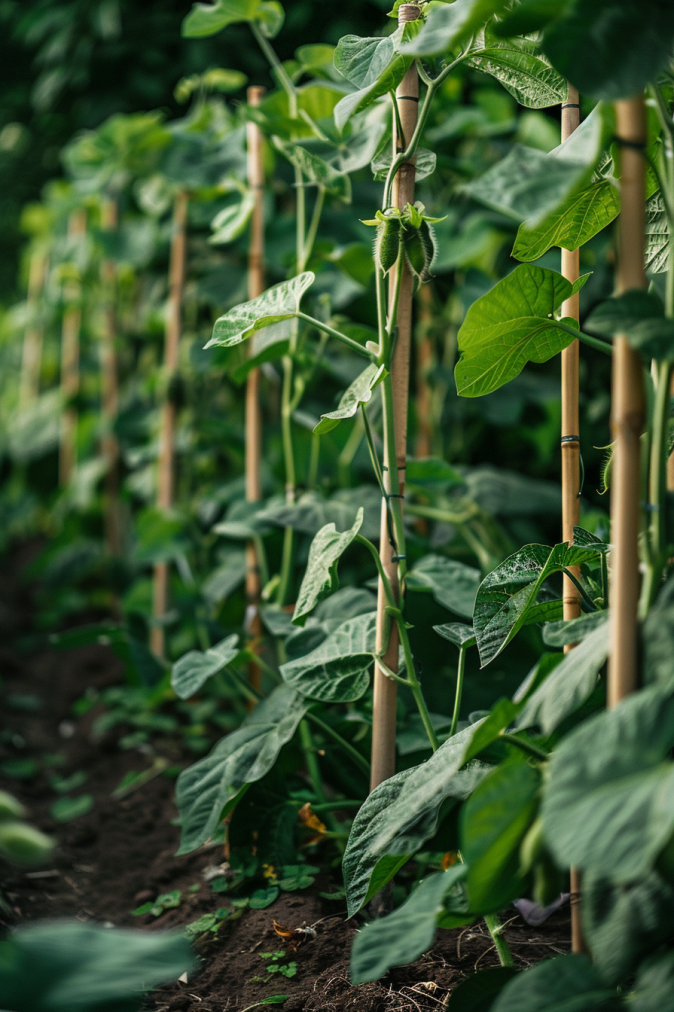
Step-by-Step Guide to Build Your DIY Bean Trellis
Ready to unleash your inner garden architect and build a bean trellis that’s both functional and fabulous?
Let’s dive into step-by-step instructions for three popular designs:
The simple a-frame
Instructions
- Measure and cut: Mark the poles at your desired height (considering bean variety). Cut them using a saw.
- Join the poles: Lay the poles on the ground in an “A” shape with the tops overlapping. Secure them together tightly using twine or nails.
- Create the crossbar: Tie the twine securely across the top of the “A” to form a crossbar. You can use multiple strands for added strength.
- Secure the base: Dig small holes or use stakes to anchor the bottom of each pole firmly into the ground.
- Add climbing lines: Tie additional twine vertically from the crossbar down to different points on the poles, creating climbing paths for your beans.
The climbing teepee
Instructions
- Prepare the poles: Cut the poles to your desired height. Sharpen the ends slightly if needed for easier ground penetration.
- Create the teepee: Tie the tops of the poles together securely using twine, forming a teepee structure.
- Strengthen the base: Tie additional twine or rope around the base of the teepee, connecting each pole horizontally for stability.
- Secure to the ground: Push the sharpened ends of the poles into the ground, ensuring the teepee stands firmly. Tamp down the soil around each pole for added stability.
- Add climbing lines: Tie twine vertically from the top of the teepee down to various points on the poles, offering multiple climbing paths for your beans.
The upcycled ladder trellis
Instructions
- Clean and prepare the ladder: Remove any dirt or debris and ensure the ladder is structurally sound.
- Attach the twine: Tie the twine horizontally across each rung of the ladder, creating a grid-like structure for climbing beans.
- Secure the ladder (optional): If using against a wall or fence, screw or hook the top of the ladder for stability. You can also prop it against stakes driven into the ground.
- Adjust spacing: Adjust the spacing between the twine strands based on your bean variety’s climbing needs. Wider spacing works for larger beans.
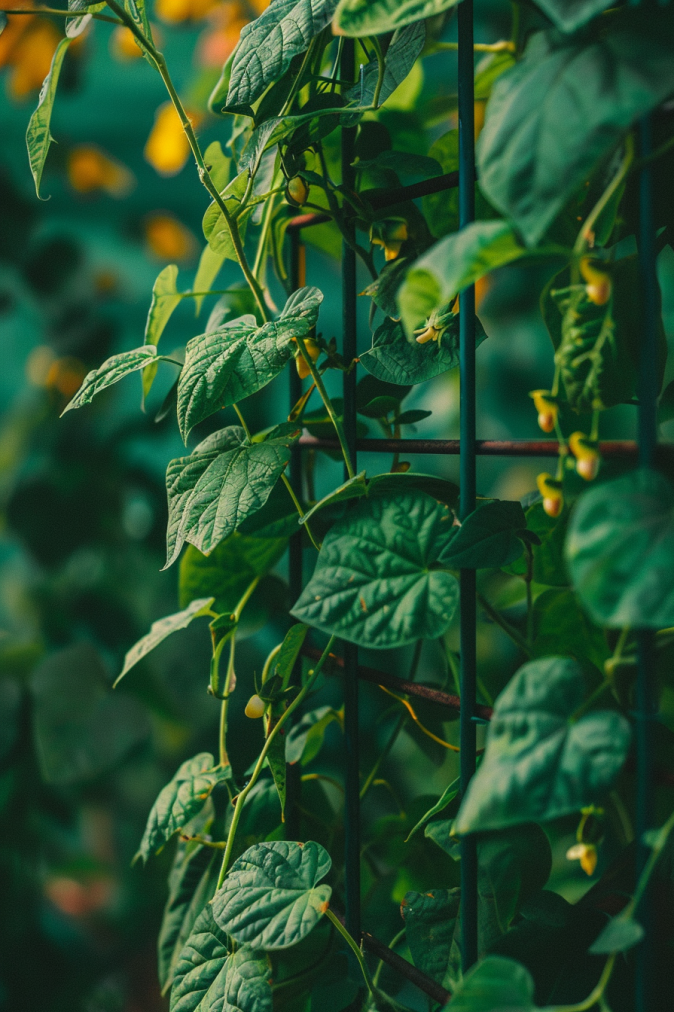
Conclusion
Constructing your own bean trellis is both uncomplicated and budget-friendly, offering essential support to your bean plants while optimizing your garden space.
This guide provides clear steps, enabling you to fashion a robust and dependable trellis.
With this DIY approach, you can ensure the healthy and productive growth of your beans.
Follow the steps outlined here to create a valuable addition to your gardening endeavors.
- Read also: 8 DIY Garden Fence Ideas for a Perfect Oasis
- Read also: DIY Garden Trellis Arch


